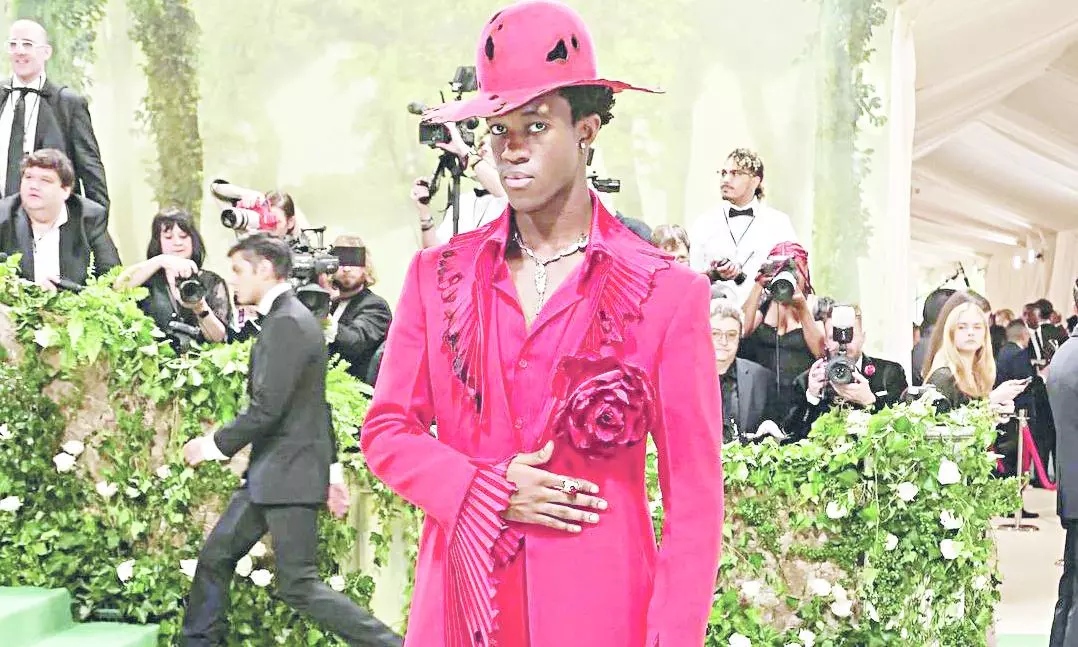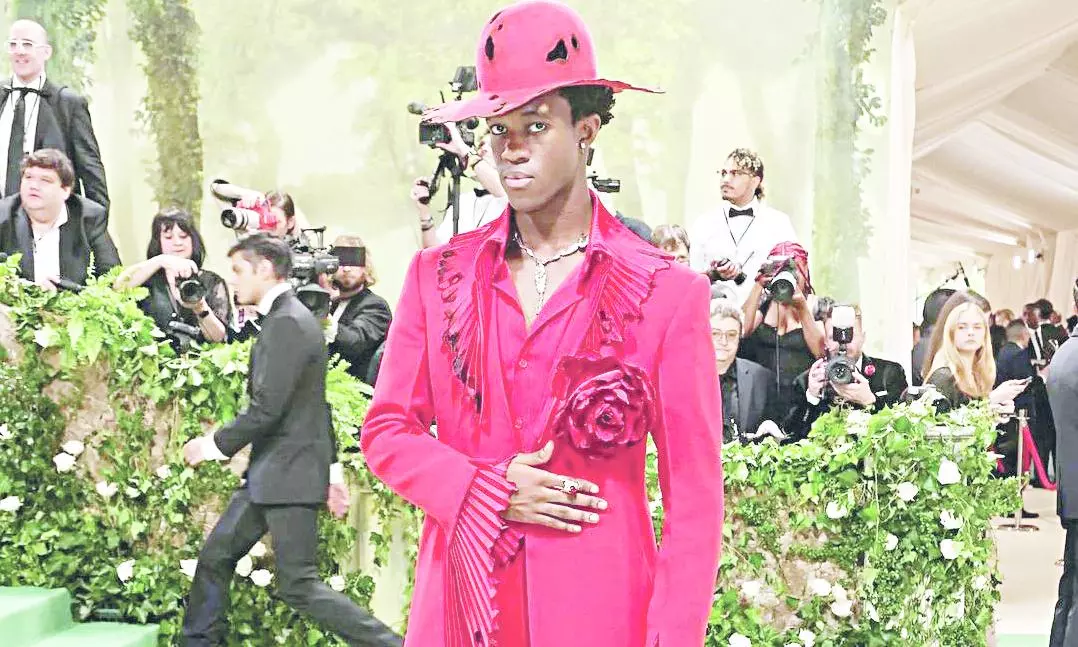
Fashion has always been a reflection of society, serving as a medium for self-expression, identity, and cultural storytelling. In recent years, the conversation around inclusivity in clothing has shifted from a niche dialogue to a central theme in the fashion industry. The call for inclusivity is more than a fleeting trend —it’s a demand for a transformative shift in how we perceive fashion. Inclusivity in fashion is about embracing all body types, genders, and cultures, offering clothing that empowers rather than alienates.
the rich diversity of human experiences. Pallavi Singhee, Founder of VERB feels inclusivity in fashion is very important. “Clothing should make every person feel confident and visible regardless of the body shape, gender, or any culture attached to it. I think it’s all about lifting people instead of masking them into a mould if fashion celebrates diversity rather than conformity. It’s all about making pieces that celebrate individuality and let people freely express themselves, with no locks in place. Inclusivity is the first step toward fostering confidence.”
Fashion as Self-Expression
Clothing has always been a vehicle for self-expression. From ancient times, where traditional attire signified status, culture, and community, to modern fashion that tells stories of individuality and personal style, what we wear speaks volumes.
Something For Everyone
Inclusive clothing lines, such as those offering extended size ranges, adaptive features for individuals with disabilities, and unisex designs, have allowed people to reclaim their right to self-expression. When fashion embraces all bodies, it sends a powerful message that there is no one “correct” way to look. This opens the door for people to define their own beauty and style without feeling pressured to conform to an unrealistic ideal.
Empowering Through Clothing
One of the most profound effects of inclusive fashion is the way it empowers individuals. Clothing can make us feel confident, poised, and ready to face the world. However, when clothing fails to fit properly or doesn’t reflect who we are, it can have the opposite effect — diminishing our self-esteem and sense of worth. Inclusivity in fashion seeks to eliminate these barriers by creating garments that cater to a wider range of body types, making people feel celebrated rather than constrained by their size or shape.
Archana Jaju, founder of Archana Jaju believes fashion is the form of art that should be accessible and empowering for everyone alike, irrespective of their body shape and size or lineage. She says, “In my creations, I have always wanted to reflect India’s rich cultural diversity and craftsmanship, and it’s very organic and natural to create pieces that are not just body type and mind but all kinds of beauty. Inclusivity in fashion, for me, is breaking those barriers and giving everyone the ability to feel a sense of belonging through clothes that celebrate what makes us different and diverse.”
Unity Through Fashion
Inclusivity in fashion not only empowers individuals but also fosters a sense of unity. The global fashion industry is notorious for its historical exclusivity, but by embracing diversity, it can act as a bridge between different communities, cultures, and perspectives. Fashion can celebrate the uniqueness of different identities while also highlighting the shared human experience.
Designers like Prabal Gurung, Christian Siriano, and Savage X Fenty by Rihanna have made headlines for showcasing diversity on the runway, from models of all sizes and skin tones to those representing different genders and abilities. These inclusive fashion shows challenge the industry’s traditional standards and demonstrate that beauty comes in countless forms. By representing a variety of people, these designers are sending a clear message: fashion is for everyone.
Future of Inclusivity
Consumers are calling for more representation, more options, and more authenticity. Brands that prioritize inclusivity, such as Aerie with its “Real” campaign or Chromat with its focus on diverse body types and gender identities, are finding success by aligning with these values. This shift in consumer consciousness is encourag-
ing brands to rethink their approach, recognizing that people want to see themselves reflected in the clothing they wear and the advertising they consume. The future of inclusivity in fashion will continue to evolve as designers, brands, and consumers push for more representation and accessibility. Technology, such as virtual try-on experiences and personalized sizing algorithms, can further enhance inclusivity, allowing shoppers to find clothes that fit them perfectly, no matter their size or body shape. Sustainable fashion movements also intersect with inclusivity, as ethically made, high-quality garments are often produced in a wider range of sizes, ensuring longevity and accessibility for all.
In a world where differences are often seen as divisions, fashion has the power to unite. When clothing embraces inclusivity—acknowledging all body types, genders, and cultures—it becomes more than just fashion. It transforms into a medium of empowerment, giving individuals the freedom to express themselves authentically, build confidence, and foster a sense of belonging.
“Inclusivity in fashion for me is breaking barriers and giving everyone the ability to feel a sense of belonging through clothes that celebrate what makes us different and diverse.” — Archana Jaju, founder of Archana Jaju
Founder of VERB
